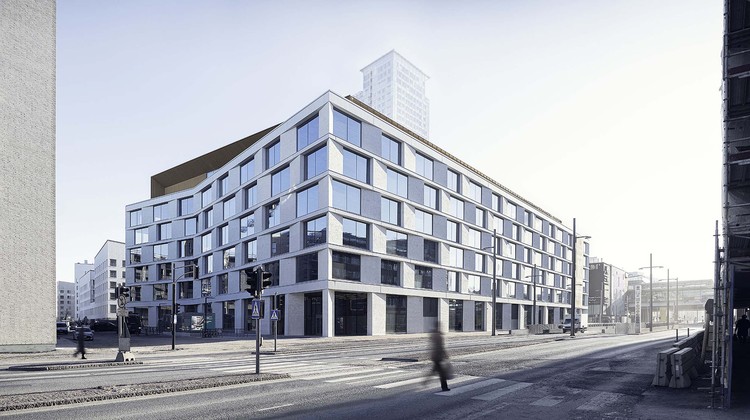
-
Architects: JKMM Architects
- Area: 34200 m²
- Year: 2019
-
Photographs:Hannu Rytky, Mika Huisman, Pauliina Salonen
-
Manufacturers: Louis Poulsen, +Halle, Aarnio originals, Arktis, Artek, BLÅ STATION, Barber Osbergy, Bolon, EGE/Orient Occident, Finom Pure Design, Innofusor, Koolmat, Lammhults, Mater, Moooi, Nikari, Poiat, Romanoff, Samuli Naamanka, Selkaline, Vivero, +4

Text description provided by the architects. The new Kesko headquarters in Helsinki completed in the Summer 2019 and are now the offices of some 1800 members of staff who are working for the retail group specialising in groceries as well as the building and technical trade. The contemporary feel of the office environment is future proofed for changes in working methods in years to come. The design of the building also provides a showcase for Kesko’s products and services.

































